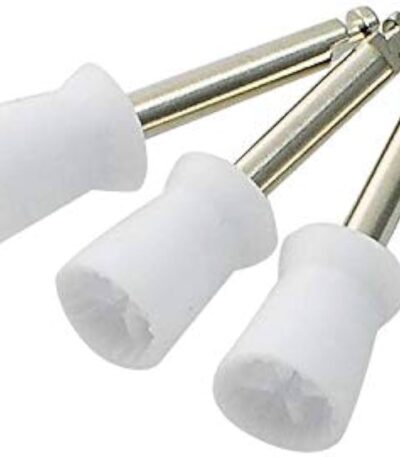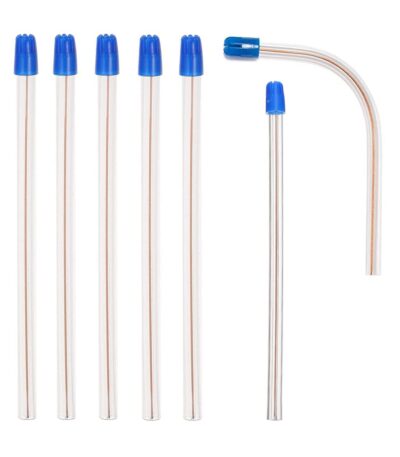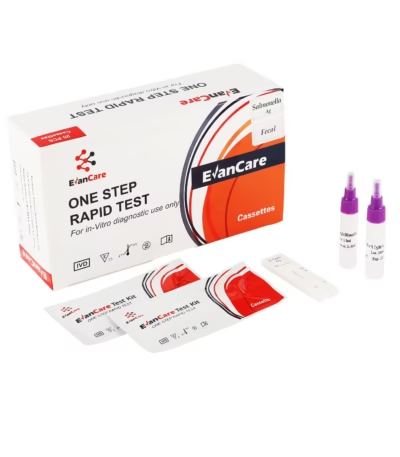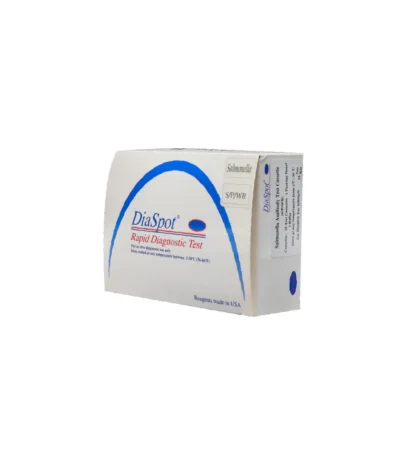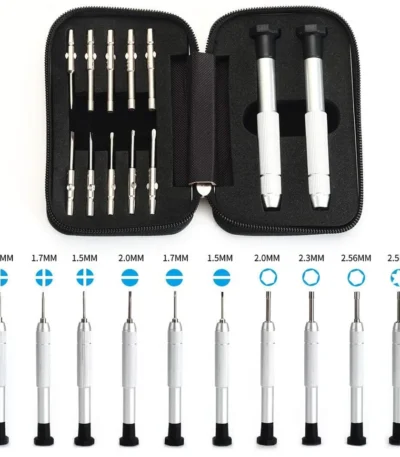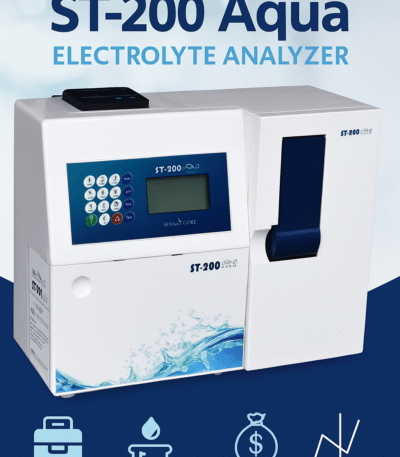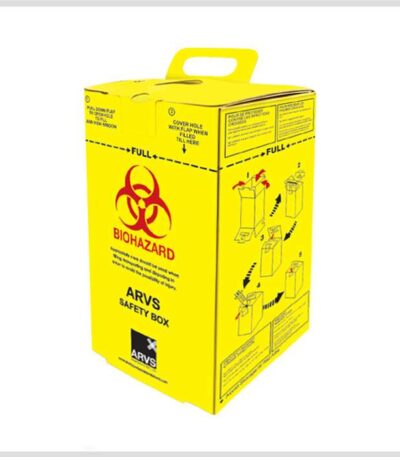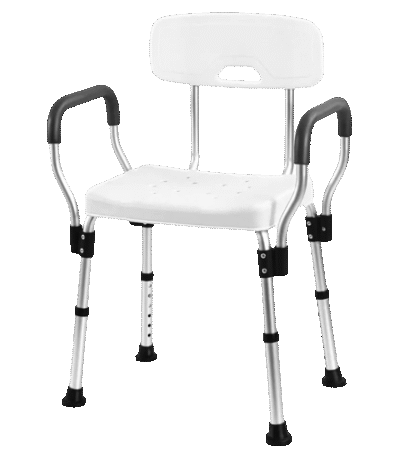Filter by price
Stock status
Showing 481–492 of 577 results
Rotavirus Rapid Test Kit
Rubber Cups
Rubber Dam Sheet
Saliva Suction Tips
Salmonella Antigen Test Kit
A Salmonella Antigen Test Kit is a rapid diagnostic device used to detect the presence of Salmonella bacteria antigens in human stool, food, or environmental samples. It is designed for quick and accurate screening to help in the diagnosis of Salmonella infection (salmonellosis) — a common cause of foodborne illness.
Samonella Antibody Test Kit
Scaler Tips (Ultrasonic / Hand Scaler Tips)
SCREW DRIVER PORTCH
Sensa Core Electrolyte Analyzers, Model Name/Number: St-200 Aqua
⚙️ Key Features
-
Parameters measured: Sodium (Na⁺), Potassium (K⁺), Chloride (Cl⁻), Ionized Calcium (iCa), Lithium (Li⁺), and pH.
-
Sample volume: Requires only about 100 µL of sample.
-
Compact design: Approximately 14.6″ (W) × 12.4″ (H) × 9.6″ (D); weight around 4.3 kg.
-
Measurement principle: Direct measurement using ISE sensors for high accuracy.
-
Snap-in electrode design: Maintenance-free electrodes with low reagent consumption.
-
Built-in wash system: Reduces maintenance and ensures system reliability.
-
Speed: Provides results in around 50 seconds and can process up to 60 samples per hour.
-
Data connectivity: Compatible with LIS (Laboratory Information System) and includes an in-built thermal printer for result output.
Sensa Core ST-200 Series Electrolyte or Blood Gas Analyzer.
⚙️ Key Features
-
Multi-parameter measurement
-
Depending on the model, it can measure:
-
Electrolytes: Na⁺ (Sodium), K⁺ (Potassium), Cl⁻ (Chloride), Ca²⁺ (Calcium), Li⁺ (Lithium)
-
Blood gases: pH, pCO₂, pO₂, HCO₃⁻, TCO₂, BE, SO₂
-
-
Some versions also calculate derived parameters automatically.
-
-
Fast Results
-
Typical turnaround time: less than 1 minute per test.
-
-
User-Friendly Interface
-
Equipped with a touchscreen display for intuitive navigation.
-
Simple step-by-step sample loading and calibration prompts.
-
-
Automatic Calibration & Quality Control
-
Periodic auto-calibration and QC verification ensure consistent accuracy.
-
Stores calibration data and patient results for easy retrieval.
-
-
Low Sample Volume Requirement
-
Requires only ~100 µL or less of whole blood/serum.
-
-
Compact & Maintenance-Friendly Design
-
Small footprint suitable for labs with limited space.
-
Easy access to electrodes and reagent packs for replacement or cleaning.
-
-
Data Connectivity
-
Supports USB or LIS (Laboratory Information System) integration for digital record keeping and reporting.
-
-
Power Options
-
Operates on standard AC power, and some models have battery backup options.
-
Sharps Boxes
Key Features
-
Puncture-resistant construction
Made from strong, rigid plastic that cannot be easily pierced by needles, scalpels, or other sharp instruments. -
Leak-proof design
Prevents fluid leakage, ensuring safe handling and transport. -
Tight-fitting lid
Equipped with a secure, often locking lid that prevents accidental opening once sealed. -
Clearly marked
Typically bright-colored (often yellow or red) with biohazard symbols to warn users and waste handlers of dangerous contents. -
Variety of sizes
Available from small portable sizes (0.5–1 L) to larger clinical sizes (5–20 L or more), depending on usage. -
Temporary and permanent closures
Some lids have a temporary closure for daily use and a permanent lock for final disposal.
Common Items Disposed in Sharps Boxes
-
Needles and syringes
-
Lancets
-
Scalpels and blades
-
Broken glass from laboratory use
-
IV cannulas and catheter stylets
-
Any contaminated sharp medical device
Where They’re Used
-
Hospitals and clinics
-
Laboratories
-
Dental offices
-
Pharmacies
-
Ambulances and emergency services
-
Home care for diabetic or chronic illness patients


